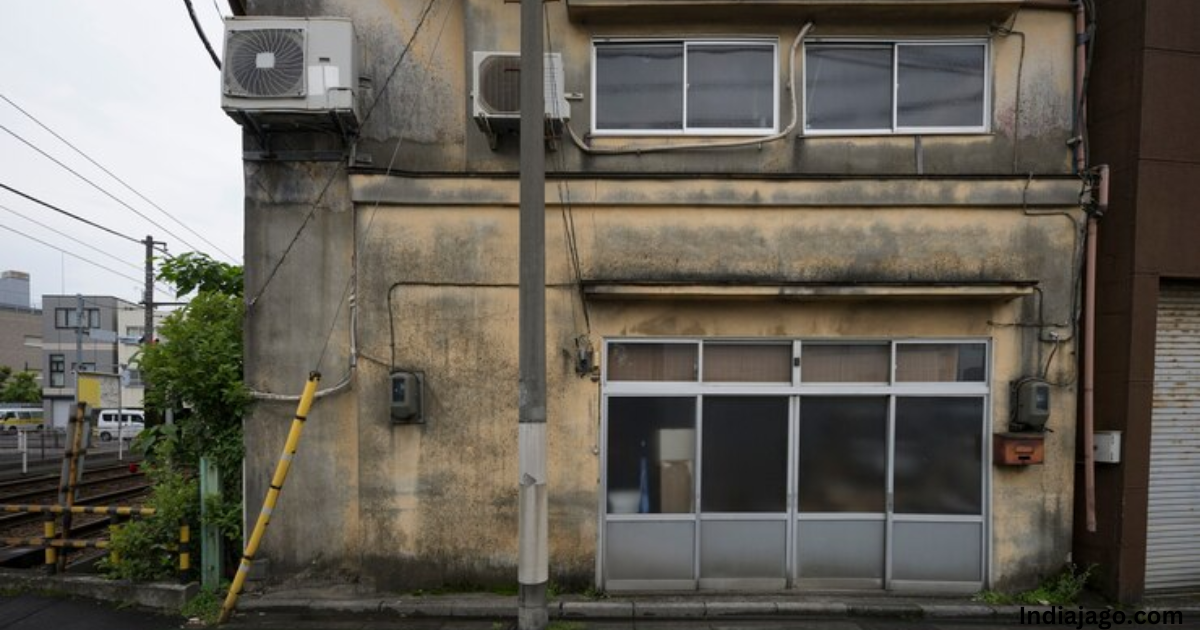Summary
Home Insurance for Older Homes, Insuring Your Vintage Residence: Navigating the Insurance Landscape for Older Homes” provides a comprehensive exploration of the challenges and proactive strategies involved in securing optimal insurance coverage for older homes. Delving into the nuances of outdated infrastructure, roofing concerns, historical features, and compliance with building codes, the guide offers practical insights for homeowners. Emphasizing tailored insurance policies, routine maintenance, thorough documentation, comparative analysis of insurance options, and risk mitigation, the guide equips homeowners with the knowledge needed to protect their cherished older homes effectively. Ultimately, it highlights the importance of a strategic and diligent approach to ensure that vintage residences not only retain their character but also stand resilient over time.

Introduction:
Embarking on homeownership brings a sense of pride and accomplishment, especially when it involves owning a vintage residence. However, securing comprehensive insurance coverage for older homes comes with its own set of intricacies and challenges. This in-depth guide delves into the distinctive considerations and proactive strategies essential for obtaining optimal home insurance for older properties.
Understanding the Nuances:
While older homes exude charm and character, they often harbor age-related issues that can pose hurdles in the insurance acquisition process. Outdated wiring and plumbing systems, aging roofs, and increased susceptibility to structural damage due to wear and tear are some of the distinctive challenges homeowners of older properties encounter.
- Retro Infrastructure Worries:The vintage charm of older homes may come with outdated electrical and plumbing systems, raising concerns for insurance providers about potential fire or water damage risks. Homeowners are encouraged to modernize these systems, not only enhancing safety but also making their homes more insurable.
- Roofing Challenges:The roof, a pivotal element of any residence, maybe a cause for hesitation among insurance providers for older homes. Aging roofs increase the risk of leaks and structural damage, potentially leading to insurance reluctance. Timely maintenance and, if necessary, roof replacement can assuage these concerns.

- Historical Architectural Features:Unique architectural features in older homes, such as intricate moldings or original hardwood floors, contribute to their character but may complicate the insurance valuation process. Homeowners should maintain meticulous records and documentation to ensure these features are adequately covered in case of damage.
- Building Codes and Compliance:Older homes may not meet current building codes and regulations, leading to potential coverage gaps. Homeowners should be aware of this and consider updating their homes to align with modern building standards to bridge the potential coverage gap.
Navigating Insurance Avenues:
Despite the challenges, obtaining comprehensive insurance for an older home is not an insurmountable feat. Homeowners can take proactive steps to mitigate risks and secure coverage that safeguards their unique residences.
- Tailored Insurance Policies:Some insurance providers offer specialized policies tailored for older homes, recognizing their unique characteristics and challenges. These policies may cover antique or historical features and may be more accommodating concerning outdated infrastructure.
- Routine Maintenance and Enhancements:Proactive maintenance and strategic upgrades play a crucial role in ensuring the insurability of older homes. Regular inspections and addressing issues promptly demonstrate the homeowner’s commitment to risk reduction. Upgrading essential systems, such as electrical and plumbing, can enhance the property’s insurability.
- Thorough Appraisal and Documentation:A professional appraisal helps determine the accurate value of an older home, factoring in its unique features and historical significance. Comprehensive documentation, including photographs and receipts for renovations or upgrades, streamlines the claims process and ensures fair compensation in the event of damage.
- Comparative Insurance Analysis:Homeowners should explore multiple insurance quotes to make an informed decision based on coverage, cost, and the provider’s experience with insuring older homes. Each insurance provider may approach older home coverage differently, necessitating a comprehensive comparison.
- Risk Mitigation Strategies:Implementing risk mitigation measures can make an older home more appealing to insurance providers. Installing modern security systems, updating heating and cooling systems, and addressing potential hazards identified during home inspections contribute to a more favorable insurance outlook.
Conclusion:
Owning a vintage residence is a gratifying experience, but it requires thoughtful consideration when seeking insurance coverage. By recognizing and proactively addressing the distinctive challenges associated with older homes, homeowners can navigate the insurance landscape effectively. Whether through specialized policies, routine maintenance, or strategic upgrades, safeguarding an older home involves a combination of diligence, documentation, and collaboration with knowledgeable insurance professionals. With a tailored approach, homeowners can ensure that their cherished vintage homes are not only well-protected but also stand resilient with time.
